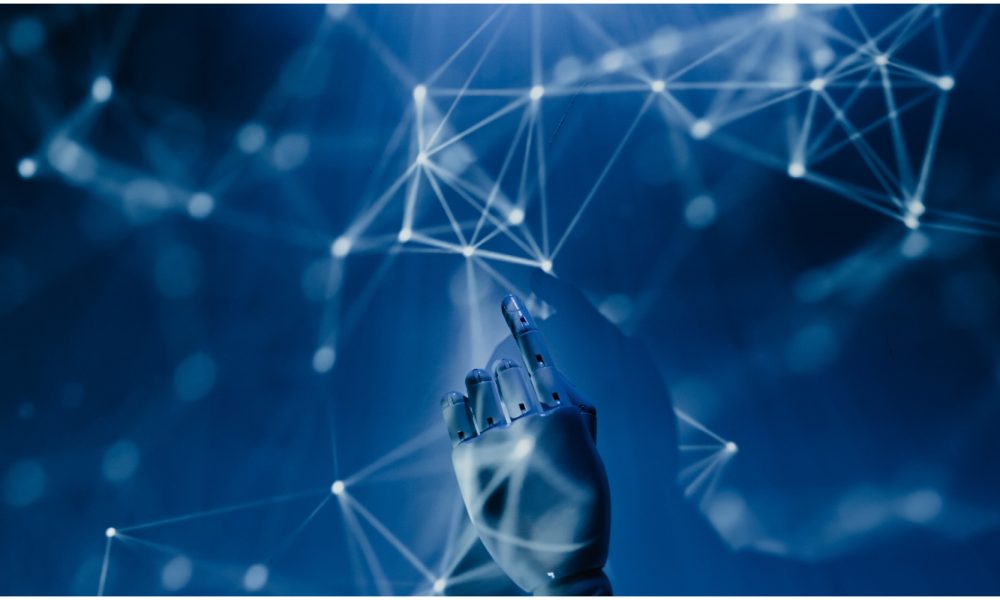
Here Is How Artificial Intelligence Helps Save Wildlife Today

Artificial Intelligence has been widely regarded as one of the top three emerging technologies in conservation, helping protect species and stopping them from going extinct, helping accomplish redundant tasks with minimum human effort. While there is one section of the populace who think that artificial intelligence can prove to be detrimental to human prospects, in the long run, there are conservationists on the other hand who think AI can tackle many problems including climate change. AI takes help from camera traps to satellite images to audio recordings AI is the ultimate boon for conservationists as it helps reduce manual labor and collect vital conservation data. find out myriad ways how AI is helping maintain the biodiversity of species.
Catching Poachers
 Zambia’s Kafue national park boasts of more than 6,600 African savanna elephants and sits in an area covering 22,400 sq km, so it may be impossible to stop poaching, even if it is possible, it can turn out to be a huge logistical challenge. Not only elephant poaching, but Illegal fishing in Lake Itezhi-Tezhi on the park’s border is also one of the bigger problems, and poachers often disguise as fishers to enter and exit the park undetected, in the shroud of darkness.
Zambia’s Kafue national park boasts of more than 6,600 African savanna elephants and sits in an area covering 22,400 sq km, so it may be impossible to stop poaching, even if it is possible, it can turn out to be a huge logistical challenge. Not only elephant poaching, but Illegal fishing in Lake Itezhi-Tezhi on the park’s border is also one of the bigger problems, and poachers often disguise as fishers to enter and exit the park undetected, in the shroud of darkness.
While it is not at all simple to stop poaching, AI makes it easy as there are automated alerts; that means even if there are very few rangers, they can provide 24*7 surveillance because of AI. Organizers such as The Connected Conservation Initiative, Game Rangers International (GRI), Zambia’s Department of National Parks and Wildlife, and other partners are making the best use of AI to make the most of anti-poaching efforts, creating a 19km-long virtual fence that stretches across Lake Itezhi-Tezhi. Usage of Forward-looking infrared (FLIR) thermal cameras records the movement of each boat moving in and out of the park, day and night.
Finding Whales
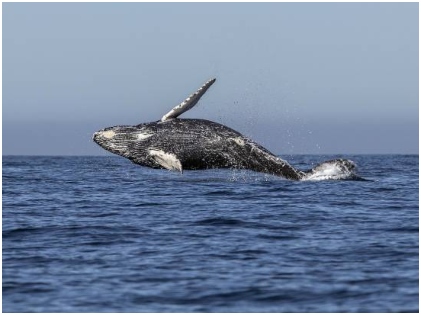 The first step to protecting whales is to identify marine protected areas to protect them. It is particularly difficult spotting humpbacks across vast oceans; they have a distinctive singing that can help whales to travel hundreds of miles underwater. National Oceanic and Atmospheric Association (Noaa) fisheries in the Pacific islands use acoustic recorders that monitor marine mammal populations at islands that are remote and hard-to-access islands.
The first step to protecting whales is to identify marine protected areas to protect them. It is particularly difficult spotting humpbacks across vast oceans; they have a distinctive singing that can help whales to travel hundreds of miles underwater. National Oceanic and Atmospheric Association (Noaa) fisheries in the Pacific islands use acoustic recorders that monitor marine mammal populations at islands that are remote and hard-to-access islands.
This seems like a particularly tough task for conservationists to track them manually. In 2018, Noaa partnered with Google AI for Social Good’s bioacoustics to create a distinctive ML model to recognize a humpback whale song. It has all been possible thanks to AI.
Protecting Koalas
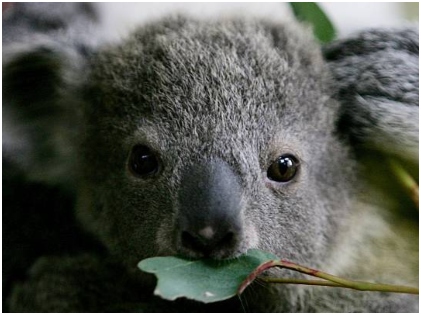 Australia’s koala populations have been declining steadily over the years and there have been various reasons contributing to habitat destruction, right from domestic dog attacks, road accidents, and bushfires. Without knowing more about their numbers and whereabouts, it is indeed a great challenge to protect them. However, tireless efforts from stalwarts like Grant Hamilton, an associate professor of ecology at QUT (Queensland University of Technology), have been successful in creating a conservation AI hub with federal and Landcare Australia to count the number of koalas and other endangered animals.
Australia’s koala populations have been declining steadily over the years and there have been various reasons contributing to habitat destruction, right from domestic dog attacks, road accidents, and bushfires. Without knowing more about their numbers and whereabouts, it is indeed a great challenge to protect them. However, tireless efforts from stalwarts like Grant Hamilton, an associate professor of ecology at QUT (Queensland University of Technology), have been successful in creating a conservation AI hub with federal and Landcare Australia to count the number of koalas and other endangered animals.
With the use of drones and infrared imaging, an AI algorithm can use infrared footage and find out which heat signature can differentiate between a koala or another animal. Hamilton has used it with great success in keeping the Koalas safe and don’t let their number dip further at Australia’s devastating bushfires in 2019 and 2020, particularly on Kangaroo Island.
This has been a complete game-changer in protecting koalas. With the help of powerful AI algorithms, the available video footage has helped to keep a tab on the animals in the thick bushland. This system allows the organization to monitor the species closely to keep a close tab on the various species in Australia and then the collected data is sent to QUT to process it.
AI is the present and certainly the future of animal conservation. This way with minimum assistance from humans or especially when it is not possible to keep a tab on different creatures across the world. AI has been systematically helping animals on the brink of getting endangered; they are threatened by unsustainable trade, land-use changes, and the global climate crisis. AI offers us hope in protecting these animals and maybe soon, we will be able to stop some of the illegal practices like poaching that are reducing these rare breeds of animals drastically.
More in Business & Investments
-
`
Shifting Gears: Successfully Transitioning Your Client Base Across Industries
Ever feel that entrepreneurial itch to push your boundaries and explore new horizons? Perhaps you started with a laser focus on...
March 16, 2024 -
`
Music Icon Dolly Parton Reveals Secrets to Her $440 Million Fortune
Beloved country music legend Dolly Parton has long been an enigma wrapped in a rhinestone-studded enigma. At almost 80 years of age,...
March 9, 2024 -
`
Scaling Up Your Small Business: A Tightrope Walk With a Winning Plan
Building a thriving small business is like nurturing a seedling. You pour your heart and soul into its growth, watching it...
February 27, 2024 -
`
Is SZA All Set to Launch the Next Big Celebrity Makeup Line?
Today, celebrities launching their makeup lines have become as much of a trend as their next hit single. Among the glittering...
February 19, 2024 -
`
Healthy Lifestyle Habits for Ageless Aging
Be a Continuous Learner The pursuit of knowledge is the wind beneath the wings of our minds, keeping us aloft above...
February 16, 2024 -
`
Unlocking Financial Freedom: Your Roadmap to Building Business Credit
Embarking on the journey of entrepreneurship is exhilarating yet challenging. Among the myriad of tasks that come with starting and growing...
February 7, 2024 -
`
Envisioning the Future: The Shape of a Labour-Led UK Government
The wind whispers through the bustling pubs of Manchester, carrying murmurs of discontent. In the dimly lit corners, pints clink against...
January 31, 2024 -
`
What Are The Key Financial Dates to Keep an Eye on in 2024?
January 31: Deadline for Tax Returns Start the year on the right foot by ensuring your tax returns are filed by...
January 26, 2024 -
`
The Ultimate Rotisserie Chicken Showdown: A Battle of Flavors and Bargains
Prepare your taste buds for a flavor-packed journey as we dive into the delectable realm of rotisserie chickens. These savory wonders...
January 15, 2024


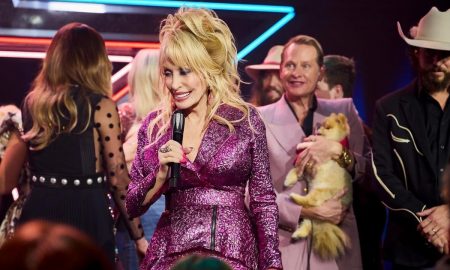








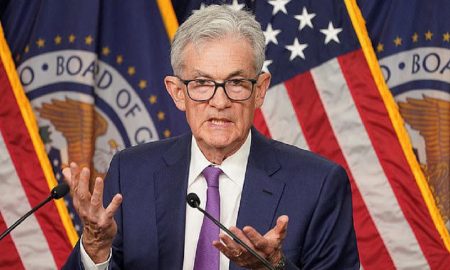

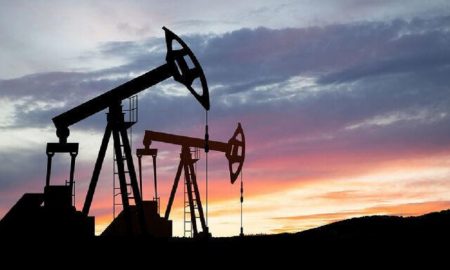

You must be logged in to post a comment Login